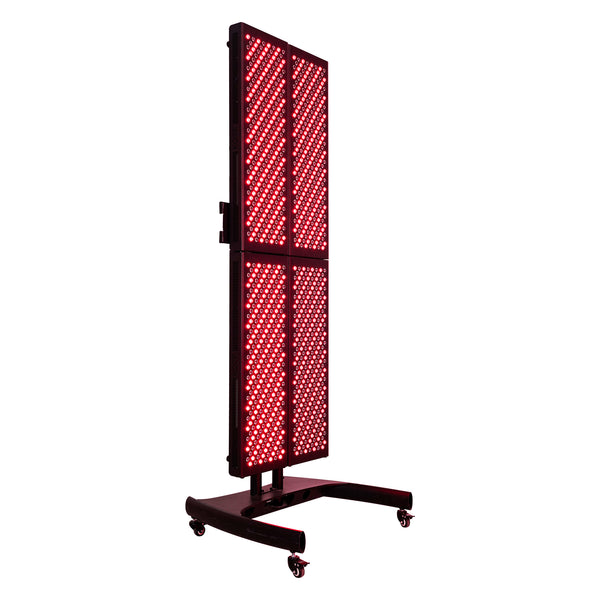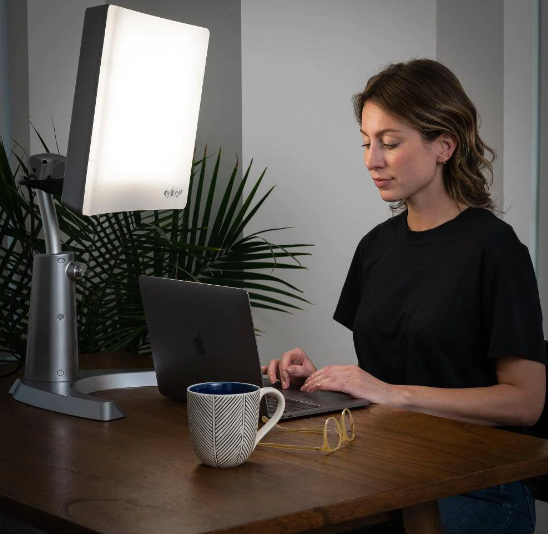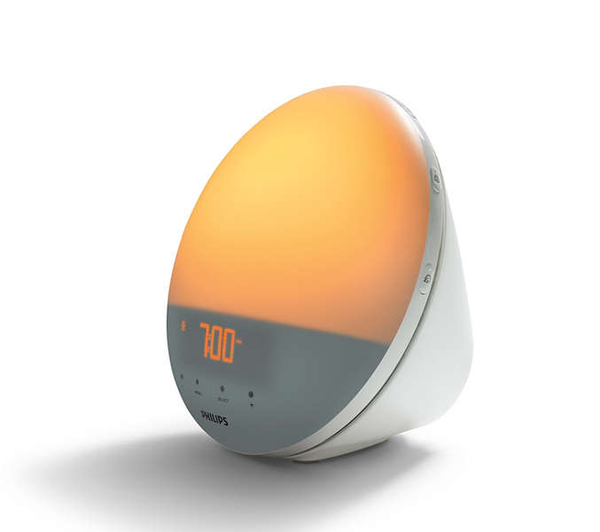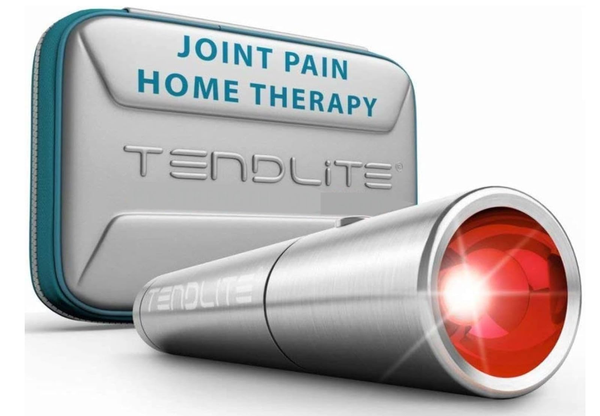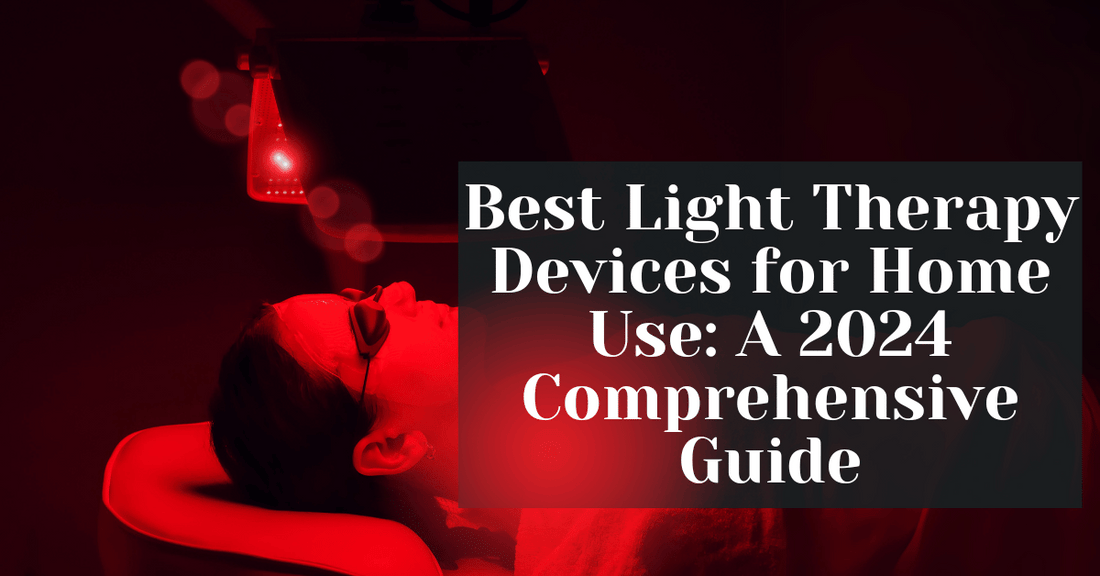
Best Light Therapy Devices for Home Use: A 2024 Comprehensive Guide
In recent years, light therapy has gained popularity as a non-invasive and effective way to address various health and wellness concerns from the comfort of one's home. With the rise of the best light therapy devices for home use, individuals can now enjoy the benefits of this innovative treatment without the need for frequent visits to professional clinics.
Light therapy, also known as phototherapy, utilizes specific wavelengths of light to penetrate the skin and stimulate natural biological processes. It has been proven to be beneficial in treating a range of conditions, including skin issues like acne and psoriasis, mood disorders such as seasonal affective disorder (SAD), and even sleep disturbances.
This comprehensive guide aims to provide you with in-depth knowledge about light therapy, how to choose the right device for your needs, and tips for integrating it into your daily routine. Whether you're a first-time user or looking to upgrade your current device, this article will help you make an informed decision and get the most out of your light therapy experience.
Understanding Light Therapy
Exposure of the skin to particular light wavelengths is a non-invasive treatment known as phototherapy or light therapy. The idea behind the therapy is that specific kinds of light can influence cellular processes and promote health by having positive impacts on the body. The following are some of the most popular forms of light therapy:
- Red Light Therapy: Utilizes wavelengths in the red to near-infrared range (approximately 630nm to 700nm). It is often used for skin rejuvenation, wound healing, and reducing inflammation.
- Blue Light Therapy: emits light in the blue spectrum (around 400nm to 500nm). It is primarily used for managing acne and mood disorders such as seasonal affective disorder (SAD).
- Infrared Therapy: involves wavelengths longer than visible light, typically above 700nm. It is used for pain relief, muscle relaxation, and improving circulation.
Common Uses and Benefits
Light therapy has a wide range of applications and benefits, including:
Skin Health: Improves skin tone, reduces wrinkles, and promotes collagen production.
Mood Improvement: Alleviates symptoms of SAD and other forms of depression.
Sleep Regulation: Helps reset the body's internal clock, improving sleep patterns.
Pain Relief: Reduces inflammation and discomfort in conditions like arthritis and fibromyalgia.
Wound Healing: Accelerates the healing process of injuries and post-surgical wounds.
The effectiveness of light therapy depends on various factors, including the type of light, intensity, duration of exposure, and the specific condition being treated. It is essential to consult with a healthcare professional before starting any light therapy regimen to ensure safety and effectiveness.
Choosing the Right Light Therapy Device
Selecting the appropriate light therapy device is crucial to achieving the desired results. With a myriad of options available on the market, it can be overwhelming to make the right choice. Here are some key factors to consider when choosing a light therapy device for home use:
Factors to Consider
- Type of Light: Determine the specific type of light therapy you need based on your health goals. For example, red light therapy for skin rejuvenation or blue light therapy for acne management.
- Intensity: The effectiveness of light therapy depends on the intensity of the light. Look for devices that provide the recommended intensity levels for your specific treatment.
- Coverage Area: Consider the size of the area you want to treat. Some devices are designed for targeted treatment, while others offer full-body coverage.
- FDA Approval: Ensure that the device has been approved by the Food and Drug Administration (FDA) for safety and efficacy.
Pros and Cons of Different Device Types
- Handheld devices are portable and easy to use for targeted treatment. However, they may not be suitable for larger treatment areas.
- Tabletop devices: Ideal for treating the face or small body areas. They offer more stability but are less portable.
- Panels and lamps are suitable for full-body treatment or larger areas. These devices are more expensive and require more space.
Key Features to Look For
- Timer Settings: Devices with built-in timers allow for precise control over treatment duration.
- Adjustable Intensity: The ability to adjust the intensity of the light can help customize the treatment to your needs.
- Safety Features: Look for devices with safety features such as auto-shutoff to prevent overexposure.
Top Light Therapy Devices for Home Use
With the growing popularity of light therapy, the market is flooded with a variety of devices designed for home use. To help you make an informed decision, we've compiled a list of some of the top light therapy devices, based on features, effectiveness, and user reviews:
1. KOZE Health Full Body Red Light Therapy Device
- Type of Light: Red and Near-Infrared
- Key Features: Full-body coverage, customizable treatment settings, remote control
- Pros: Versatile use for various health concerns, user-friendly interface
- Cons: Higher price point, requires space for setup
2. Joovv Solo Full Body Panel
- Type of Light: Red and Near-Infrared
- Key Features: Large treatment area, modular design, app control
- Pros: High-quality build, effective for full-body treatment
- Cons: Expensive, requires dedicated space
3. Neutrogena Light Therapy Acne Mask
- Type of Light: Blue and Red
- Key Features: Designed specifically for acne treatment, comfortable mask design
- Pros: Easy to use, clinically proven results
- Cons: limited to facial treatment, disposable activator
4. Carex Day-Light Classic Plus Bright Light Therapy Lamp
- Type of Light: White (Full Spectrum)
- Key Features: Adjustable height and angle, glare-free diffuser
- Pros: Effective for SAD and mood disorders, large screen for broader coverage
- Cons: Bulky, not portable
5. Philips SmartSleep Wake-up Light
- Type of Light: White (with Sunrise Simulation)
- Key Features: Gradual light increase, natural wake-up sounds, FM radio
- Pros: dual-purpose (wake-up light and therapy lamp), clinically proven to improve sleep and energy
- Cons: Limited intensity adjustment
6. TENDLITE Red Light Therapy Device
- Type of Light: Red
- Key Features: Portable, medical-grade, targeted treatment
- Pros: Easy to use, effective for pain relief and inflammation
- Cons: Small treatment area, requires multiple sessions for best results
When choosing a light therapy device, it's important to consider your specific needs and preferences. Whether you're looking for a solution for skin issues, mood disorders, or pain relief, there's a device out there that can cater to your requirements. Always consult with a healthcare professional before starting any new treatment regimen.
How to Use Light Therapy Devices at Home
Using light therapy devices at home can be a convenient and effective way to improve your health and well-being. Here's a step-by-step guide on how to set up and use these devices:
Setting Up Your Device
- Choose the right location: Find a comfortable and well-ventilated space where you can relax during your treatment. Ensure the area is free from distractions and has a power outlet nearby.
- Set up the device: Follow the manufacturer's instructions to assemble and position your light therapy device. For full-body panels, ensure they are securely mounted or placed on a stable surface.
Using the Device
- Prepare for treatment: Cleanse your skin to remove any makeup or sunscreen. For eye protection, some devices may require you to wear goggles, especially for intense light therapy.
- Adjust the settings: Select the appropriate light intensity and treatment time as recommended for your specific condition or desired outcome.
- Position yourself: Sit or stand at the recommended distance from the device. For targeted treatment, ensure the light is directed at the area you want to treat.
- Start the session: Turn on the device and relax while the light therapy is administered. Avoid looking directly into the light source if not using eye protection.
- Complete the session: Once the treatment time is up, turn off the device and give your skin a moment to adjust. Follow any post-treatment care instructions provided by the manufacturer.
Tips for Maximizing Effectiveness
- Consistency is Key: Follow a regular treatment schedule for the best results. Consistency is more important than the length of each session.
- Keep Track of Results: Document your progress to determine the effectiveness of the treatment and make any necessary adjustments.
- Consult with a Professional: If you're unsure about the settings or frequency of use, consult with a healthcare professional or dermatologist.
Integrating Light Therapy into Your Daily Routine
Incorporating light therapy into your daily routine can enhance its benefits and ensure you stay consistent with your treatment. Here are some tips on how to seamlessly integrate light therapy into your lifestyle:
Finding the Right Time
- Morning Sessions: For those using light therapy to improve mood or regulate sleep patterns, morning sessions can be particularly effective in setting a positive tone for the day.
- Evening Relaxation: If you're using light therapy for skin rejuvenation or pain relief, incorporating it into your evening routine can help you unwind and relax before bed.
Combining with Other Activities
- Meditation and Mindfulness: Use your light therapy session as an opportunity to practice meditation or mindfulness exercises, enhancing the relaxation and stress-reduction benefits.
- Skincare Routine: Incorporate light therapy into your skincare routine, especially if you're using it for acne treatment or anti-aging purposes.
Personalizing Your Schedule
- Consistent Timing: Try to use your light therapy device at the same time each day to establish a routine and enhance its effectiveness.
- Adapt to Your Needs: Listen to your body and adjust the frequency and duration of your sessions based on how you feel and the results you're experiencing.
Staying Committed
- Set Reminders: Use alarms or calendar reminders to ensure you don't forget your light therapy sessions.
- Track Your Progress: Keep a journal or log of your sessions and any changes you notice in your condition. This can help you stay motivated and make any necessary adjustments to your routine.
Frequently Asked Questions (FAQs)
Q: How long should I use light therapy each day?
A: The recommended duration varies depending on the type of light therapy and the condition being treated. Generally, sessions can range from 10 minutes to an hour. Always follow the manufacturer's guidelines or consult with a healthcare professional.
Q: Is light therapy safe?
A: Light therapy is generally considered safe for most people when used correctly. However, it's important to use devices that are FDA-approved and follow the recommended guidelines to avoid overexposure or potential eye strain.
Q: Can I use light therapy if I have sensitive skin?
A: Light therapy is generally safe for sensitive skin, but it's always a good idea to start with shorter sessions and gradually increase the duration as your skin adapts. If you experience any discomfort or adverse reactions, discontinue use and consult with a dermatologist.
Q: Will light therapy interfere with my sleep?
A: Light therapy can actually help regulate sleep patterns, especially when used in the morning. However, it's recommended to avoid bright light therapy late in the evening, as it may disrupt your natural sleep cycle.
Q: Can I use light therapy while pregnant or breastfeeding?
A: There is limited research on the use of light therapy during pregnancy or breastfeeding. It's best to consult with your healthcare provider before starting any new treatment during these periods.
Q: How long does it take to see results from light therapy?
A: Results can vary depending on the individual and the condition being treated. Some people may notice improvements within a few days, while others may take several weeks to see significant changes.
Conclusion
Light therapy offers a versatile and non-invasive solution for various health concerns, from skin rejuvenation to mood enhancement. Choosing the right device and integrating it into your daily routine can significantly improve your overall well-being. It's important to select a device that suits your specific needs, follow the manufacturer's guidelines, and consult with a healthcare professional if necessary.
As you embark on your light therapy journey, remember that consistency is key. Regular sessions, combined with a healthy lifestyle, can lead to noticeable and lasting results. Whether you're seeking to alleviate seasonal affective disorder, improve your skin's appearance, or simply boost your energy levels, light therapy can be a valuable addition to your self-care regimen.
We encourage you to explore the potential of light therapy and discover how it can enhance your quality of life. If you have any questions or experiences you'd like to share, feel free to leave a comment below or reach out to us. Your journey to better health and wellness starts with a single step, and light therapy might just be the illuminating solution you've been searching for.
Call to Action
Are you ready to experience the transformative power of light therapy? Whether you're new to this innovative treatment or looking to upgrade your current device, there's no better time to start than now. Embrace the opportunity to enhance your well-being, improve your skin, and elevate your mood with the best light therapy devices for home use.
We invite you to explore our recommended products and find the perfect fit for your needs. If you have any questions or need further guidance, don't hesitate to reach out. Your journey to a healthier, happier you begins with a simple click.
Take the first step towards a brighter future today. Discover the best light therapy devices for home use and start your journey to wellness.
Share your experiences, ask questions, or connect with others on their light therapy journey in the comments below. Let's illuminate the path to better health together!
References
-
Avci, P., Gupta, A., Sadasivam, M., Vecchio, D., Pam, Z., Pam, N., & Hamblin, M. R. (2013). Low-level laser (light) therapy (LLLT) in skin: stimulating, healing, restoring. Seminars in Cutaneous Medicine and Surgery, 32(1), 41-52.
-
Golden, R. N., Gaynes, B. N., Ekstrom, R. D., Hamer, R. M., Jacobsen, F. M., Suppes, T., ... & Nemeroff, C. B. (2005). The efficacy of light therapy in the treatment of mood disorders: a review and meta-analysis of the evidence. American Journal of Psychiatry, 162(4), 656-662.
-
Gálvez, M. V., & Guerrero, J. L. (2018). Effectiveness of low-level laser therapy in the management of orthodontic pain: a systematic review and meta-analysis. Dental Press Journal of Orthodontics, 23(6), 45-54.
-
Alster, T. S., & Zaulyanov, L. (2007). Laser scar revision: a review. Dermatologic Surgery, 33(2), 131-140.
-
Mester, E., Szende, B., & Tota, J. G. (1985). Effect of laser on hair growth of mice. Kiserl Orvostud, 27, 621-626.
-
Lewy, A. J., Bauer, V. K., Cutler, N. L., Sack, R. L., Ahmed, S., Thomas, K. H., ... & Latham Jackson, J. M. (1998). Morning vs evening light treatment of patients with winter depression. Archives of General Psychiatry, 55(10), 890-896.
-
Hamblin, M. R. (2017). Mechanisms and applications of the anti-inflammatory effects of photobiomodulation. AIMS Biophysics, 4(3), 337-361.
-
Terman, M., & Terman, J. S. (2005). Light therapy for seasonal and nonseasonal depression: efficacy, protocol, safety, and side effects. CNS Spectrums, 10(8), 647-663.
For further reading and research, you can access these articles through academic databases or consult with a healthcare professional for more information on light therapy and its applications.
